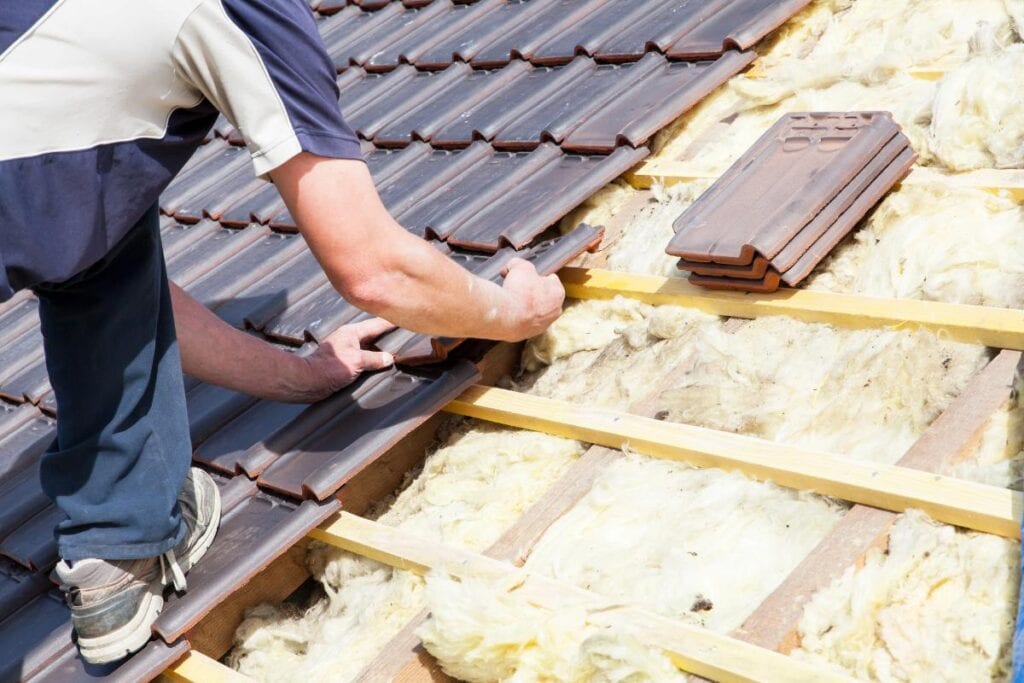
When the seasons turn fierce—whether through pounding rain, heavy snow, or blistering heat—your home’s defenses are tested to their limits. In regions such as Dupont, Washington, where weather can shift dramatically throughout the year, these challenges are especially pronounced.
Weatherproofing is more than a preventive measure; it’s a long-term strategy to protect your investment, maintain comfort, and save on energy costs. By strengthening critical areas of your home and using durable, well-chosen materials, you can withstand even the most extreme seasonal challenges.
This comprehensive guide reveals practical, proven methods to shield your house from nature’s toughest conditions without sacrificing style or functionality.
Reinforcing the Roof for Year-Round Protection
The roof is your home’s first and most important barrier against the elements. From relentless summer sun to ice-laden winter storms, a robust and well-maintained roof is essential. Periodic inspections are crucial to spot early signs of damage such as loose shingles, worn flashing, or compromised seals.
Small issues can quickly turn into costly repairs if left unaddressed. To ensure optimal results, many homeowners benefit from the expertise of a local roofer in Dupont, whose professional evaluation can identify hidden vulnerabilities and recommend precise solutions. A seasoned expert can advise on materials such as impact-resistant shingles or metal roofing, both of which provide long-lasting resilience.
Equally important is the roof’s drainage system. Gutters and downspouts should be kept clear of debris to prevent water buildup and ice dams. Installing gutter guards can reduce maintenance while ensuring that rain and snowmelt flow freely away from your home’s foundation. Additionally, adequate attic ventilation prevents moisture accumulation and minimizes the risk of mold, which can compromise the roof’s structural integrity over time.
Sealing Windows and Doors Against Drafts
Windows and doors are notorious sources of heat loss and water infiltration, making them critical targets for weatherproofing. Start by inspecting the seals and caulking around frames. Cracked or peeling caulk should be removed and replaced with a high-quality weather-resistant sealant. For older windows, consider adding or replacing weatherstripping to create a tighter seal.
Energy-efficient windows with double or triple panes offer superior insulation, but if a full replacement is not feasible, storm windows can add an extra layer of protection. Likewise, doors benefit from properly fitted thresholds and door sweeps to block drafts. These relatively simple measures dramatically reduce heating and cooling costs while keeping your living spaces comfortable in every season.
Fortifying Exterior Walls and Siding
Your home’s exterior walls act as a shield against wind, rain, and temperature fluctuations. Regular inspections can reveal cracks, gaps, or warping in siding or brickwork that might allow moisture to seep in. Repairing these issues promptly prevents structural damage and improves energy efficiency.
For siding, consider durable materials such as fiber cement or engineered wood, both of which resist rot and withstand severe weather. Applying a high-quality weatherproof paint or sealant adds a protective layer that repels moisture and shields surfaces from ultraviolet rays. In regions with frequent storms, adding a moisture barrier beneath the siding provides an additional line of defense.
Protecting Foundations from Water Damage
The foundation is often overlooked in weatherproofing efforts, yet it is one of the most vulnerable areas of a home. Prolonged exposure to water can cause cracks, shifting, and even structural failure. To prevent these problems, ensure that the ground around your home slopes away from the foundation so water naturally drains outward.
Installing or maintaining a robust drainage system, such as French drains or sump pumps, further safeguards the foundation. Waterproof coatings applied to the exterior walls of the basement or crawl space create a seal that keeps groundwater at bay. Interior solutions like vapor barriers and dehumidifiers can also help reduce moisture levels and prevent mold growth.
Insulating Attics and Crawl Spaces
Proper insulation is a cornerstone of effective weatherproofing. Heat naturally rises, so an inadequately insulated attic can lead to significant energy loss in winter and heat gain in summer. Use high-quality insulation materials with appropriate R-values for your climate zone. Blown-in insulation or spray foam can fill gaps and create a seamless thermal barrier.
Crawl spaces, often neglected, also require attention. Sealing vents and installing vapor barriers on the floor help prevent moisture intrusion, which can damage wooden supports and lead to mold. Maintaining a dry, well-insulated crawl space contributes to a stable indoor temperature and protects your home’s structural integrity.
Safeguarding Plumbing Systems
Cold temperatures can wreak havoc on unprotected plumbing, leading to burst pipes and costly repairs. Insulating exposed pipes in basements, crawl spaces, and exterior walls reduces the risk of freezing. In extreme conditions, heat tape or pipe heating cables provide additional protection.
It’s equally important to shut off and drain outdoor faucets before winter arrives. Installing frost-proof spigots or faucet covers offers an extra layer of defense. Inside the home, maintaining a consistent temperature and allowing faucets to drip slightly during severe cold can further prevent freezing.
Weatherproofing Outdoor Features
Decks, porches, and other outdoor structures face the same harsh conditions as your home’s primary exterior and need regular maintenance. Apply water-repellent sealants to wood surfaces to prevent rot and warping. Check railings and supports for signs of weakness and reinforce them as necessary.
Driveways and walkways also benefit from weatherproofing. Sealing concrete surfaces helps prevent cracks caused by freeze-thaw cycles.
Energy Efficiency Upgrades for All Seasons
Beyond physical barriers, energy efficiency improvements can significantly enhance your home’s resilience. Installing programmable thermostats allows you to maintain optimal indoor temperatures without unnecessary energy use. Energy-efficient HVAC systems, combined with regular maintenance, keep heating and cooling costs in check while ensuring reliable performance during temperature extremes.
Weatherproofing your home is an investment in both comfort and longevity. By strengthening your roof, sealing openings, insulating critical spaces, and maintaining efficient systems, you create a protective envelope that can withstand the harshest seasonal challenges. The effort you put into these preventive measures pays off through reduced energy costs, increased property value, and the confidence that your home remains secure no matter what nature brings.
